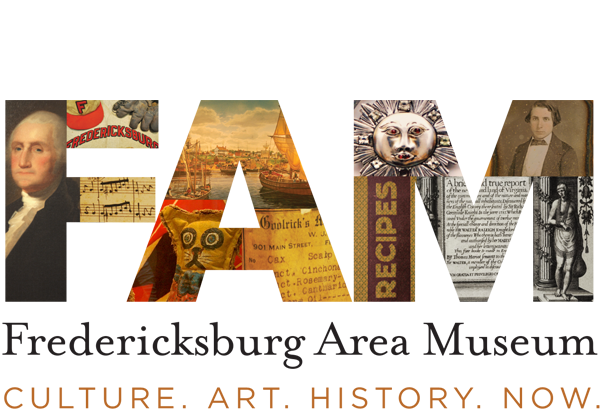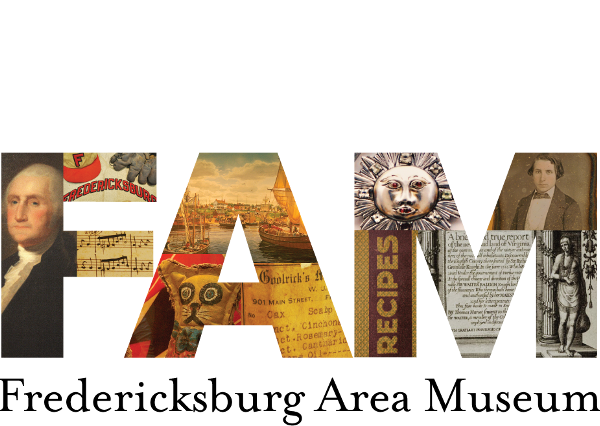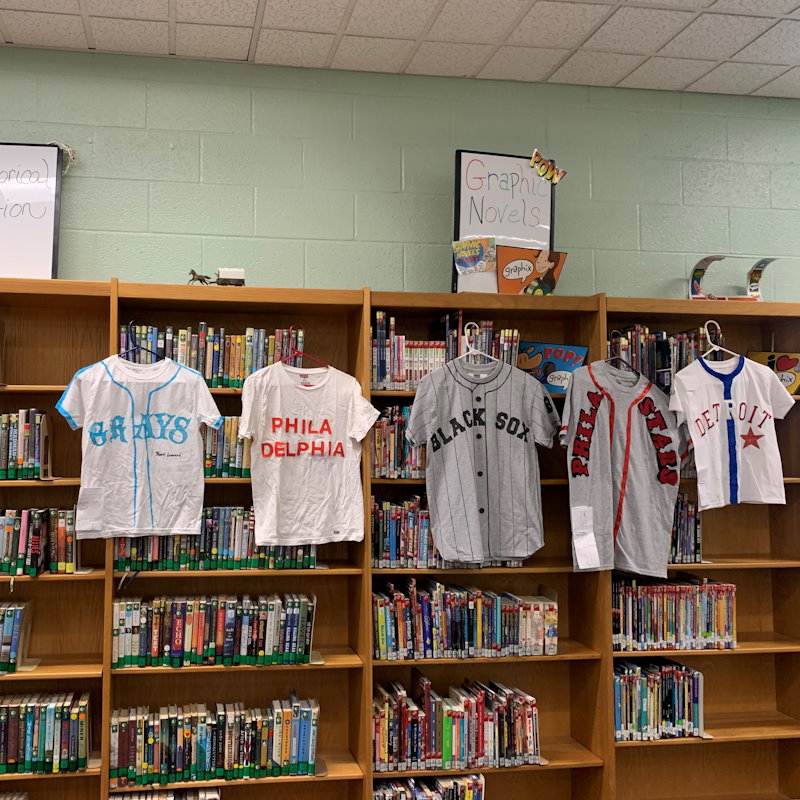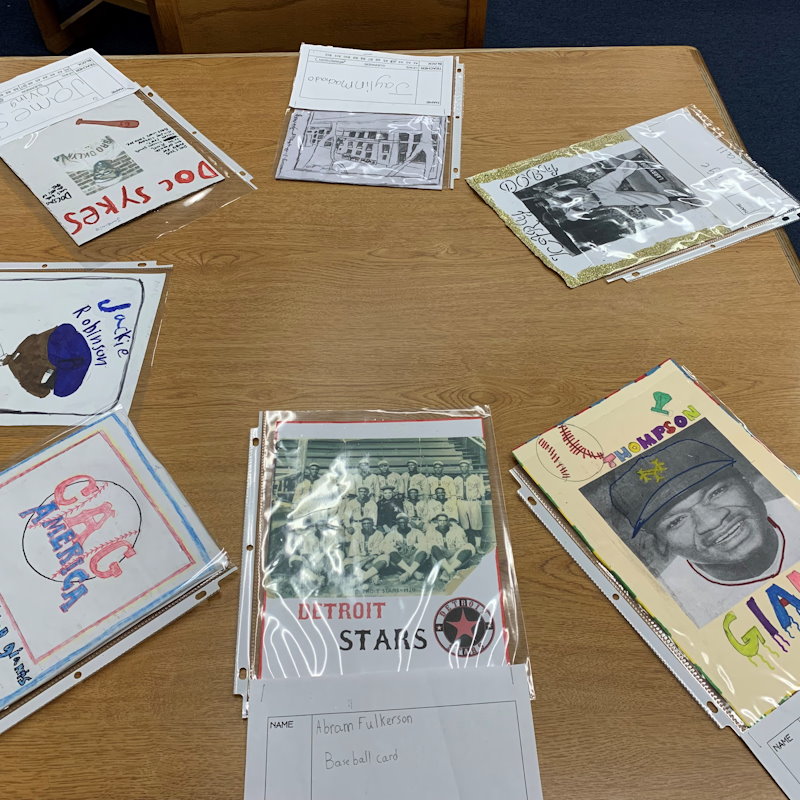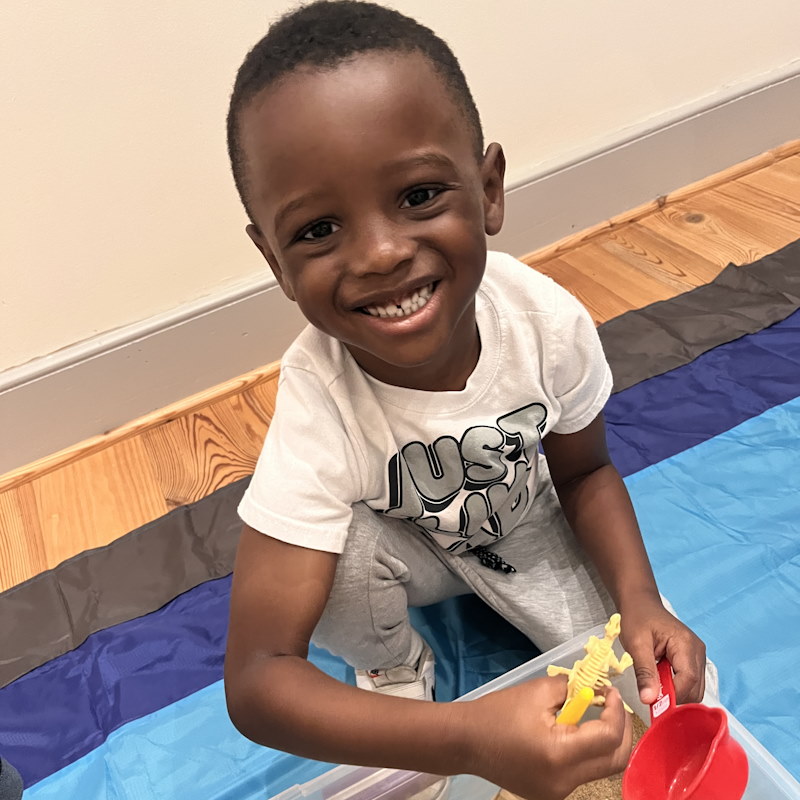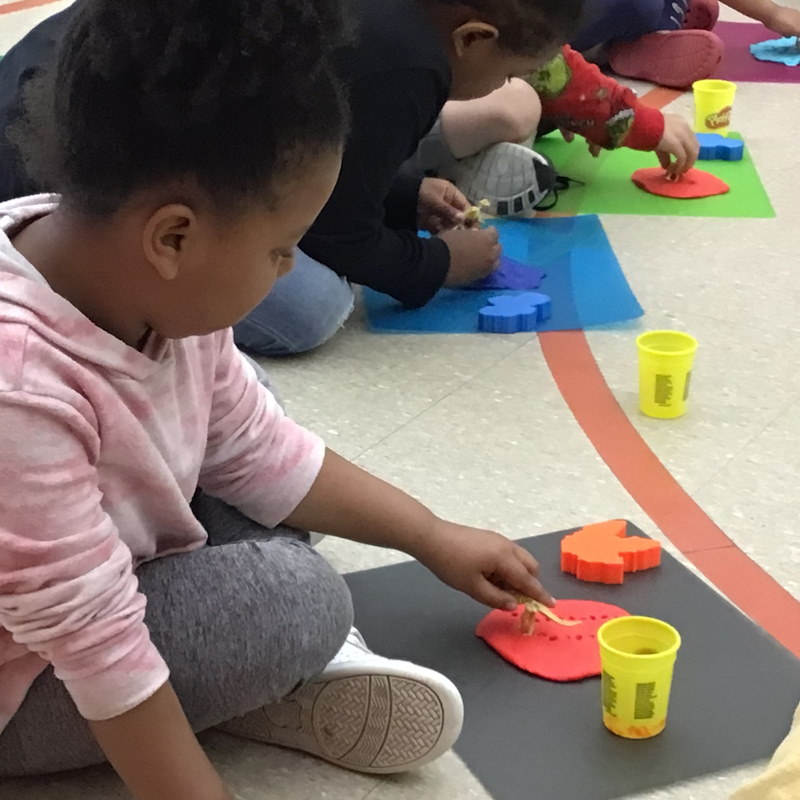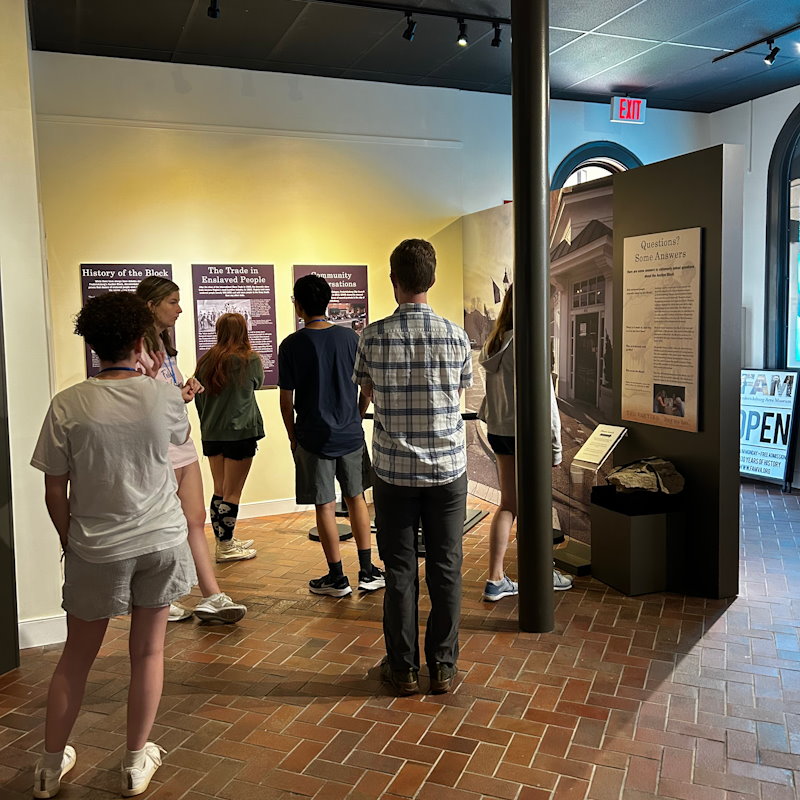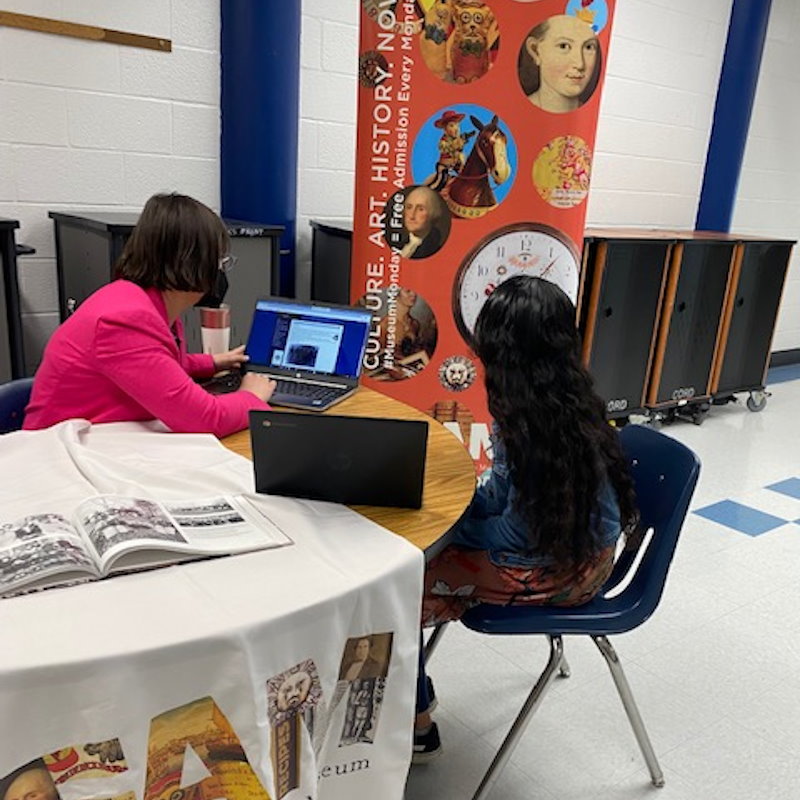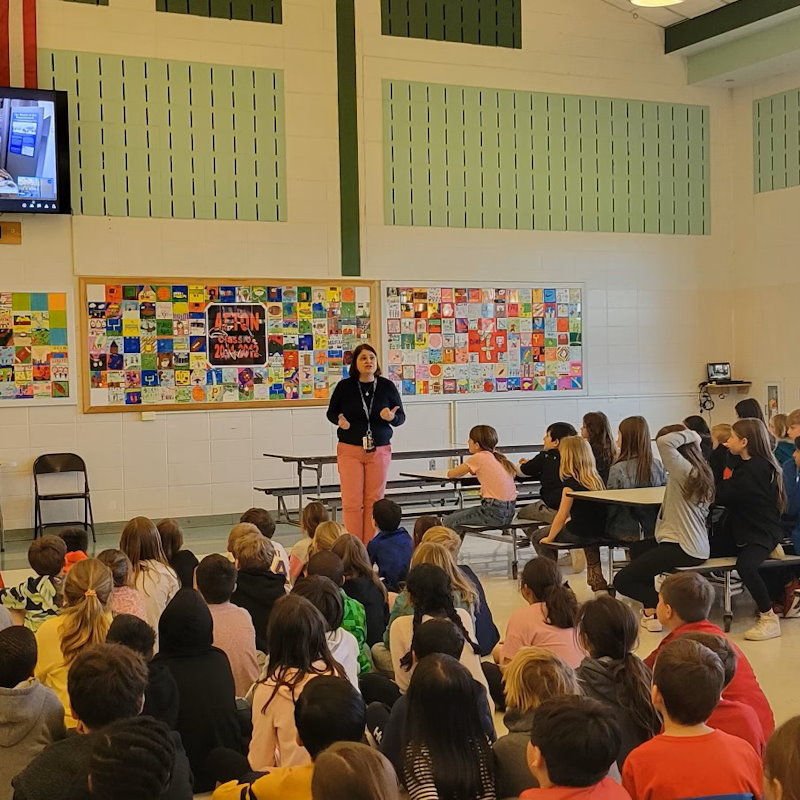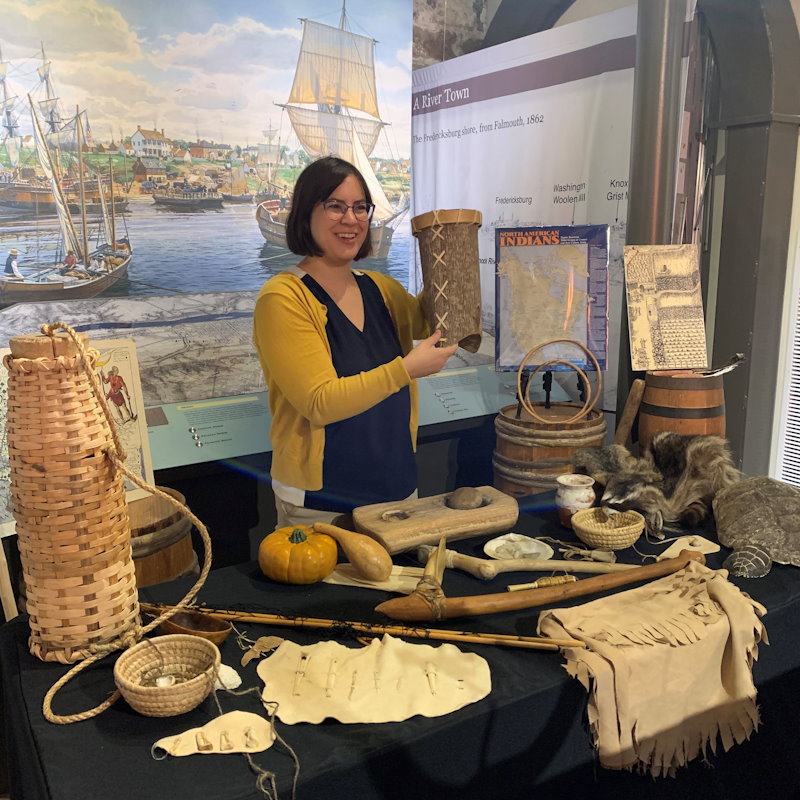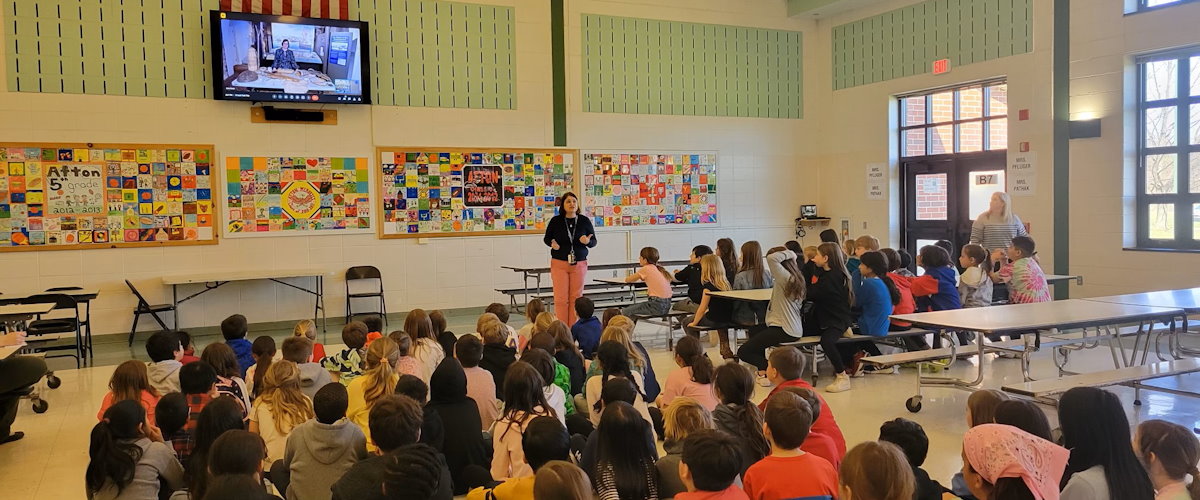
FAM prides itself in being a local partner in education and building confident life-long learners. Our cross-curriculum programs connect Fredericksburg’s past to subjects that students are studying in school. The museum’s goal is to have preK-12 students understand our region’s nation shaping history while building 21st-century learning skills like critical thinking, creativity, collaboration, and communication.
FAM educational programs are led by a trained museum educator and last an hour. Educators can schedule a program at the museum, virtually, or in your classroom. The programs are as follows:
Stomp: Dinosaur Discoveries (Preschool, Kindergarten – 5th Grade)
Did you know that dinosaurs lived in Fredericksburg 112 million years ago? Students will become paleontologists and investigate the regions’ fossilized dinosaur tracks. Field trip includes developmentally appropriate interactive activities such as creating dinosaur prints.
FAM can arrange for a paleontologist to present a program upon special request.
Preschool Skills: Communication, Curiosity and Initiative, Interacting with Others, Gross and Fine Motor Skills
English SOLS: K.1.A-J, 1.1.A-L, 2.1.A-J,L, 3.1.A-H, 4.1.A-G, 5.1.A-F
Science SOLS: K.1.F, K.7.A-B, 1.1.B, 1.5.A-C., 2.1.D, 2.5.A-C, 3.1.A-D.F, 3.4.C, 3.5.A-B, 4.1.A-D.F, 4.3.A.D, 5.1. A-D.F, 5.8.E
Powhatan People (Preschool, Kindergarten – 5th Grade)
Discover what life was like for the Powhatan people along the Rappahannock River. Through discussion of artifacts, photographs, and drawings, students learn about the Virginia Indians’ traditional food ways, shelter, and clothing as well their reliance on natural resources.
Preschool Skills: Communication, Curiosity and Initiative Interacting with Others, Gross Motor Skills
English SOLS: K.1.A-J, 1.1.A-L, 2.1.A-J.L, 3.1.A-H, 4.1.A-G, 5.1.A-F
History and Social Science SOLs: Skills K.G.A-C,E,I, K.4.B, Skills 1.A-C.E.I, 1.4.A-B, 1.5.A, Skills 2.A-C.E.I, 2.5.A.D, 2.13.A.D, Skills 3.A-C.I, Skills VS. A-C.E, VS.2.A-E, Skills USI.A-C.E.H, USI.2.B
Science SOLS: K.3.A-D, K.7.A, K11.A, 1.3.A, 1.8.A, 2.8.A, 4.8.A-D
Fredericksburg Underwater (2nd – 4th Grade)
The largest recorded flood in Fredericksburg’s history happened in 1942. By examining this local event, participants will learn about the causes and effects of flooding and how rising water from environmental impact affects a community.
English SOLS: K.1.A-J, 1.1.A-L, 2.1.A-J,L, 3.1.A-H, 4.1.A-G, 5.1.A-F
History and Social Science SOLs: Skills 2.A-C.E.I, Skills 3.A-C.I Skills VS. A-C.E
Science SOLS: 2.1.A.C.D.F, 2.6.A-C, 3.1.A.C.D.F, 3.8.C,4.4.B, 4.8.A
African American Voices and Stories (6th – 12th Grade)
Students will become historians and uncover local African American history and perspectives through analyzing primary sources. By exploring FAM’s galleries, participants learn the stories of those who have come before and how that shapes the world they live in today.
English SOLS: 6.1.A-J, 7.1.A-J, 8.1.A.G, 9.2.A-E, 10.2.C-F,11.2.C-E, 12.2.C
History and Social Science SOLs: Skills USII.A.C.H, USII.2.E, USII.5.H, USII.8.A, Skills VUS.A.D.E.H, VUS.3.B.C, VUS.9.E, VUS.10.G, VUS.16.A
Customize Your FAM Visit (All Ages)
The FAM’s collection spans from dinosaurs to today! We can create specialty tours that cater to your academic needs and interests. Past topics have included colonial economics, the engineering and history behind Fredericksburg’s bridges, and exhibit tours for English Language Learners.
SOLs will vary depending on grade level and topic. Please plan this program at least two months in advance to give staff appropriate time to prepare.
School Partnership Programs (All Ages)
The FAM is open to directly working with teachers on school projects that develop historical thinking and research skills. Museum staff have previously co-developed project-based learning experiences where students research a history topic and creatively present their findings.
SOLs will vary depending on the project. Please plan this program at least four months in advance to give staff appropriate time to prepare.
Book a Program
Contact:
Theresa Cramer
Education & Public Programs Coordinator
tcramer@famva.org • 540.371.3037 ext. 138
Costs:
Program at Your Facility
$6 per student
On-site FAM Program
$4 per student/chaperone
Virtual Field Trip
$50 program fee
All Programs Are FREE for Fredericksburg City Public Schools
